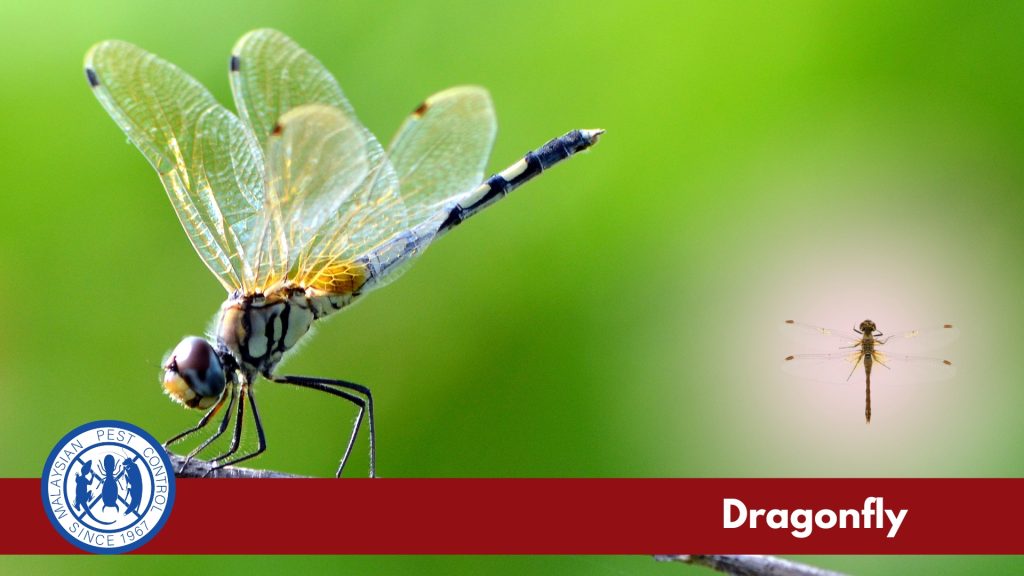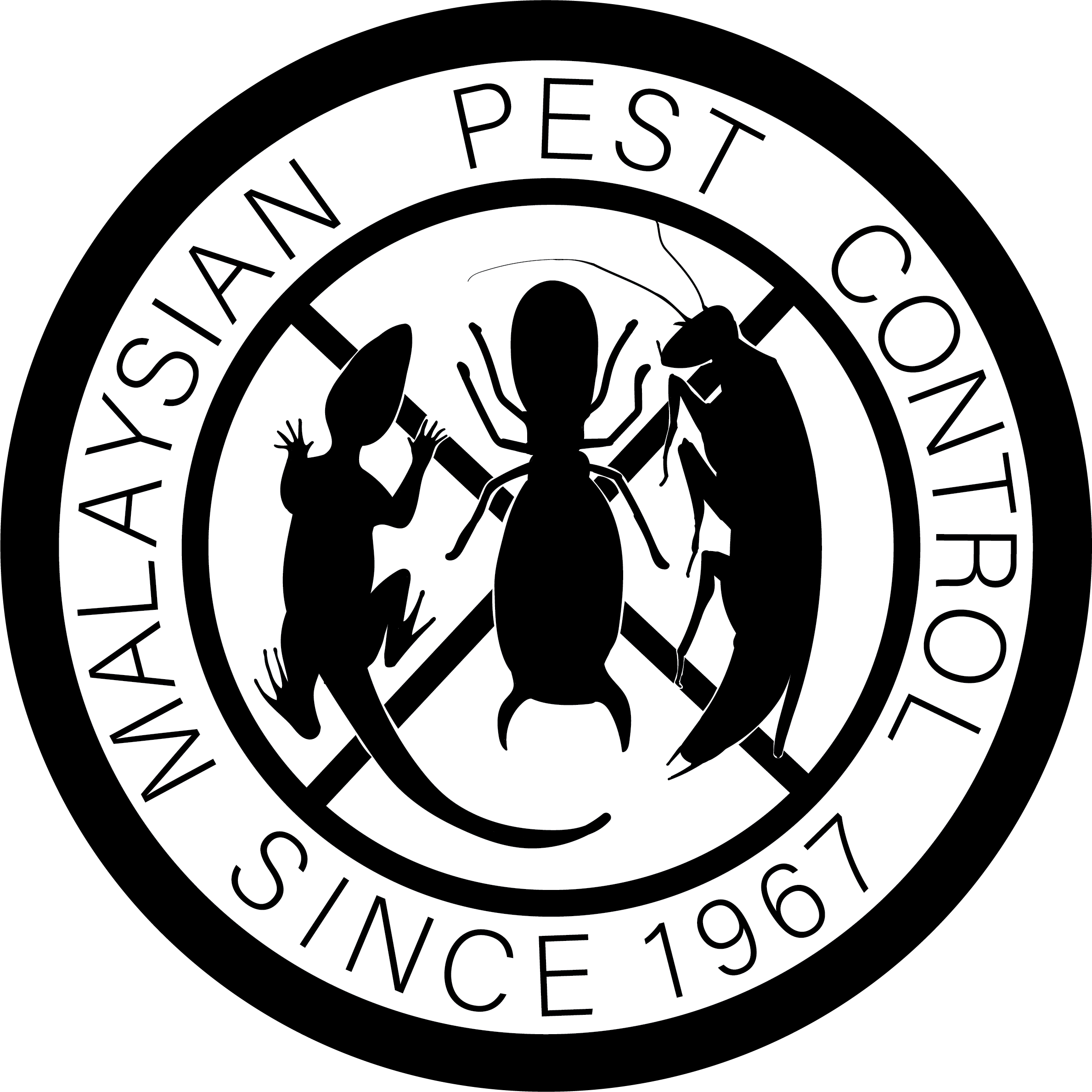About Dragon Fly

Dragonflies are often mistaken for pests, but they are actually beneficial insects. Known for their vibrant colors and agile flight, dragonflies help control populations of smaller, harmful insects.
Biology and Lifecycle
- Egg Stage
- Dragonflies lay their eggs in or near water. The eggs hatch into aquatic larvae, called nymphs.
- Nymph Stage
- Nymphs live underwater and are voracious predators, eating other aquatic insects and even small fish.
- Adult Stage
- After molting, nymphs transform into winged adults. Adult dragonflies are powerful fliers and continue to hunt smaller flying insects.
Do you know Dragonfly is a beneficial insect because they actually help eat up other smaller flying insects like mosquitos and house flies. One dragon fly alone is able to eat 30-100 mosquitos a day
Behaviour and Habitat
- Behaviour: Dragonflies are diurnal and can often be seen near water bodies. They are territorial and are known for their aerial acrobatics.
- Habitat: They prefer environments near freshwater like ponds, lakes, and rivers. The presence of aquatic vegetation is crucial for their lifecycle.
Health and Economic Impact
- Benefits: Dragonflies are natural predators of mosquitoes and other pests. A single dragonfly can eat between 30-100 mosquitoes per day, helping to reduce the population of these harmful insects.
- Why They Are Seen as Pests: Sometimes, people may mistakenly view dragonflies as pests due to their resemblance to other large, flying insects.
Attracting Dragonflies to Your Garden
- Water Features: Adding a pond or water garden can attract dragonflies. Ensure there is aquatic vegetation for them to lay eggs.
- Vegetation: Planting native plants around water sources can provide perches and breeding grounds for dragonflies.
- Avoid Pesticides: Reducing the use of pesticides in your garden helps maintain a healthy environment for dragonflies and their prey.



